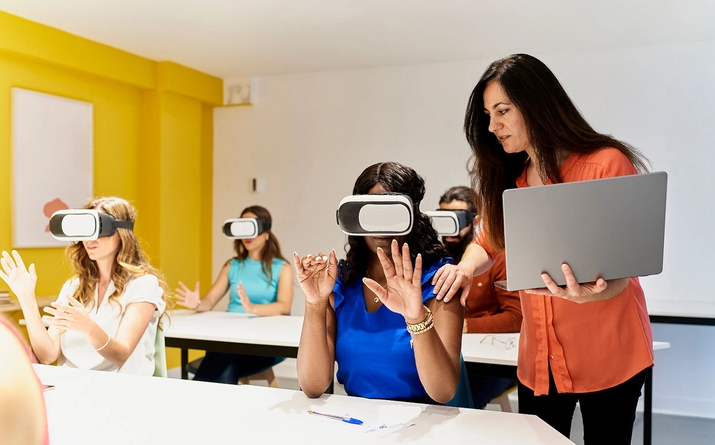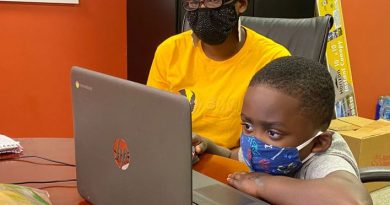Breakout Learning is helping professors embrace AI through immersive scenarios, group discussions, and insightful grading
With the rise in popularity of generative AI, the likes of ChatGPT and Google Bard, many college students are increasingly using tools to help with essays, projects, and studying.
Nearly half of college students have used AI tools, according to a survey last spring by BestColleges. But with the fall semester in full swing, it is safe to say that number has likely increased. This is reinforced by a survey released in September by Wiley, which notes that a majority of college instructors (58%) say they or their students are using AI in the classroom.
However, many professors still have concerns about the increased prevalence of cheating by the generative tools. Breakout Learning—a new education platform—is seeking to calm these concerns by embracing AI.
At schools such as UCLA Anderson School of Management and NYU Stern School of Business, professors have begun using the platform to facilitate innovative learning discussions that may provide an alternative to homework.
Breakout Learning works by immersing students in small group decision-making scenarios where they work together in AI-moderated discussions.
The platform takes a real-time transcript of the conversations, applies it to a grading rubric, and provides educators with the results. Professors can then see levels of engagement, discussion summaries, and student struggles.
Ramit Varma is Breakout Learning’s co-founder and CEO. He says one of the goals of the platform is to bring interactivity back into the learning environment.
This is something Dan Nathanson has seen first hand as a professor at the UCLA Anderson School of Management using the software in his classes. He says his students overwhelmingly love using the platform and that they got a better learning experience.
“That group process is much more real world,” Nathanson tells Fortune. “If they were in a business setting, and they’ve got a problem to solve, it’s going to be a group process in which they have to participate with one another.”
Classroom participation was “off the wall” and “remarkable” after using the Breakout Learning platform because, Nathanson believes, students just wanted to show off what they learned together in new ways.
“With AI they have more of a weapon to cheat,” Nathanson adds. “We’re really taking that AI gun so to speak that all professors are under, and we’re turning it back and using it for good to learn about what they’re learning.”
Ensuring learning accountability
Some of the problems facing many classrooms is that with group work, there may be free riders, and with more individualized work, there is a bigger opportunity for cheating—plus a lot more grading for professors, Nathanson says.
With Breakout Learning, many of these issues are seemingly solved.
Through the facilitated group discussions, Breakout Learning ensures there is accountability to all members, Varma says, since the platform will track and inform professors of who is engaged. Plus, it’ll prompt students who aren’t as involved to speak up or lead the next part of discussion.
“You will not have a scenario where you have five people sit down and some guy just shuts his camera off and eats nachos and the rest of the kids do all the work that he can’t do because it’ll be obvious when you have zero engagements,” Varma says.
Embracing AI across verticals
Next semester, the platform will expand its use to professors at schools like MIT Sloan School of Management. Varma is hopeful that Breakout Learning will help change the world of education—not just in the business world—but in other areas like nursing and law schools.
Nathanson admits he doesn’t know a whole lot about AI, but the platform was still easy to use for him and his teaching assistants. Overall, he says it’s a new, better way for students to get hands-on learning.
“It’s going to be very easy for professors to adopt. I didn’t change my PowerPoint one bit, except, well, I did I tweak it when I knew they didn’t understand some of the material or the more interesting questions I could focus on more,” Nathanson says.
The platform puts students in the shoes of what they are studying, he adds—which really helps students learn and engage with real-world materials.
Varma believes that education should go beyond just being able to explain a concept—rather, it should be about inspiring people to work together to bring change.
“This is a tool in my mind, over time, to bring us to a more enlightened society,” Varma says.
Source: https://fortune.com/education/articles/breakout-learning-immersive-discussions-ai-grading/




